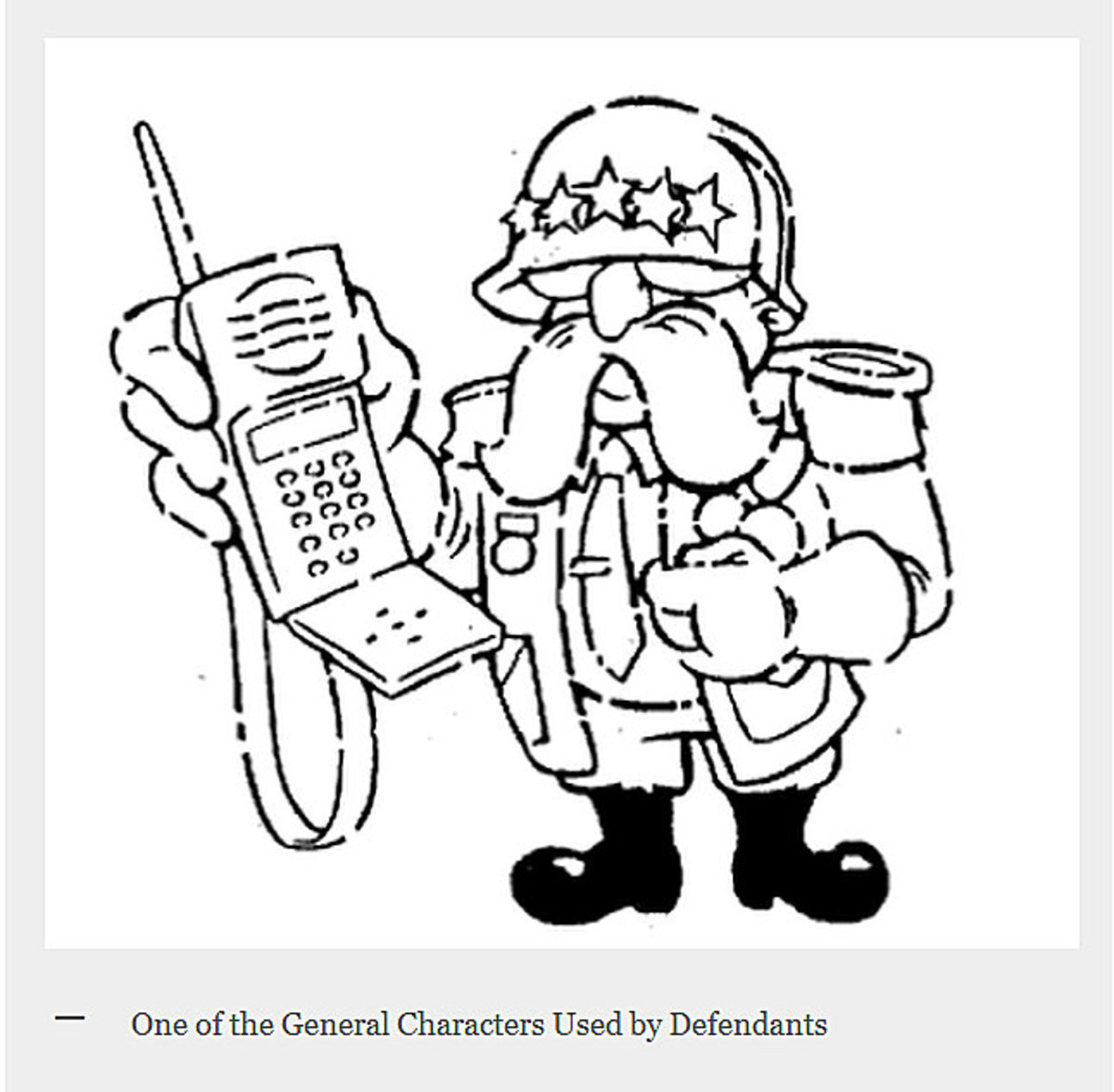International Law - Use of Force
Definitions
Jus ad bellum - The law regulating when it is legal to use military force. (e.g. whether or not it is allowed to invade another State for a reason.)
Jus in bello - The law regulating how military must be used during conflict. (e.g. prohibiting chemical weapons)
Legislation/Treaties
Kellog-Braind Pact (1928)
Made war illegal; with the exception of self defence.
Article 2(4) UN Charter
All Members shall refrain in their international relations from the threat or use of force against the territorial integrity or political independence of any state, or in any other manner inconsistent with the Purposes of the United Nations.
Article 6 UN Charter
Article 7 UN Charter
Article 51 UN Charter - Self Defence
Nothing in the present Charter shall impair the inherent right of individual or collective self-defence if an armed attack occurs against a Member of the United Nations, until the Security Council has taken measures necessary to maintain international peace and security. Measures taken by Members in the exercise of this right of self-defence shall be immediately reported to the Security Council and shall not in any way affect the authority and responsibility of the Security Council under the present Charter to take at any time such action as it deems necessary in order to maintain or restore international peace and security.
Article 2(4) UN Charter
Article 2(4) prohibited force, not just war. It prohibits the threat of force as well; and finally, it provides a mandatory collective enforcement to deal with breaches.
Elements of Article 51 UN Charter
There is an 'inherent right' of self-defence. It can be either individual or collective self-defence. There is a need for an armed attack to happen, and the state must report to the Security Council. The right to self defence then exits until the Security Council has taken measures necessary to maintain international peace and security.
Articles 39-42, measures to be taken
Article 39: The Security Council shall determine the existence of any threat to the peace, breach of the peace, or act of aggression and shall make recommendations, or decide what measures shall be taken in accordance with Articles 41 and 42, to maintain or restore international peace and security
Article 41 (Sanctions Article)
Article 42: (Military force article) Should the Security Council consider that measures provided for in Article 41 would be inadequate or have proved to be inadequate, it may take such action by air, sea, or land forces as may be necessary to maintain or restore international peace and security. Such action may include demonstrations, blockade, and other operations by air, sea, or land forces of Members of the United Nations.
The Two Rules
1. No State is permitted to initiate an armed conflict. But when a State does, and acts in violation of the UN Charter the UN may deploy an armed force.
2. Whenever the UN can't deploy the States may respond themselves under self-defence.
Pre-Emptive Self Defence
Pre-emptive self defence requires an immediate threat in order to be legal. The Bush doctrine is similar, but illegal, it argued that "We must pre-empt actions to counter a sufficient threat to national security." This was not followed by Obama.
Humanitarian Intervention
Humanitarian intervention is occasionally argued as a third exception to the prohibition on force; although not one that was recognised when the Charter was originally written. It is argued that it has emerged through State practice, including a changed attitude to intervening in domestic affairs.
See Kosovo.
R2P - Responsibility to Protect
The RSP initiative was developed by a working group in the Canadian government for the UN. The idea is that a state has a responsibility to protect its population from mass atrocities and that the international community has a responsibility to assist the state to fulfill its primary responsibility. If the state then fails to protect its citizens from mass atrocities and peaceful measures failed, the international community has the responsibility to intervene through coercive measures such as economic sanctions (Article 41 UN Charter sanctions) or, as a last resort, military intervention. (Article 42 UN Charter, enhanced force e.g. military intervention.)
Cases
Military and Paramilitary Activities against Nicaragua (ICJ 1986)
Nicaragua argued that the USA was responsible for laying mines in Nicaraguan ports and funding the Contra rebels; thus violating Article 2.(4). The ICJ lacked jurisdiction to consider Article 2(4) in the court, so they had to turn to customary international law.
The legality depended upon necessity and proportionality of measures taken. Attack was understood to mean not only actions by regular soldiers, but also the funding of armed groups in other states to commit acts that a military would otherwise do.
The Caroline Case (1837)
The Caroline case was about the sinking of an American ship by UK military forces. In the case it was recognised that rights to self defence always exist to be judged by the circumstances on a case to case basis. The onus is on "the government to show a necessity of self-defence, instant overwhelming which leaves no choices of means and no moment for deliberation."
Oil Platforms (ICJ 2003)
The USA destroyed Iranian oil platforms as a counter-attack for a US vessel being attacked. The USA said it acted in self defence and that their actions were necessary and appropriate. The court looked for evidence and said it did not clearly support the assertion that Iran was responsible for the attack on the ship. In response to this, the USA said that this was just one of many attacks. The court then rejected the claim that the oil platforms were 'military.' Even if the oil platforms were military targets the court could not find the attacks as necessary to respond to. "The single US warship was damaged, but not sunk, and no life on board was lost. Without the loss of life the destruction of oil platforms cannot be regarded as proportionate."
The 5 Exceptions to Prohibition on Using Force
- Self Defence
- Humanitarian intervention
- Express UNSC authorisation
- Implied UNSC authorisation
- R2P








